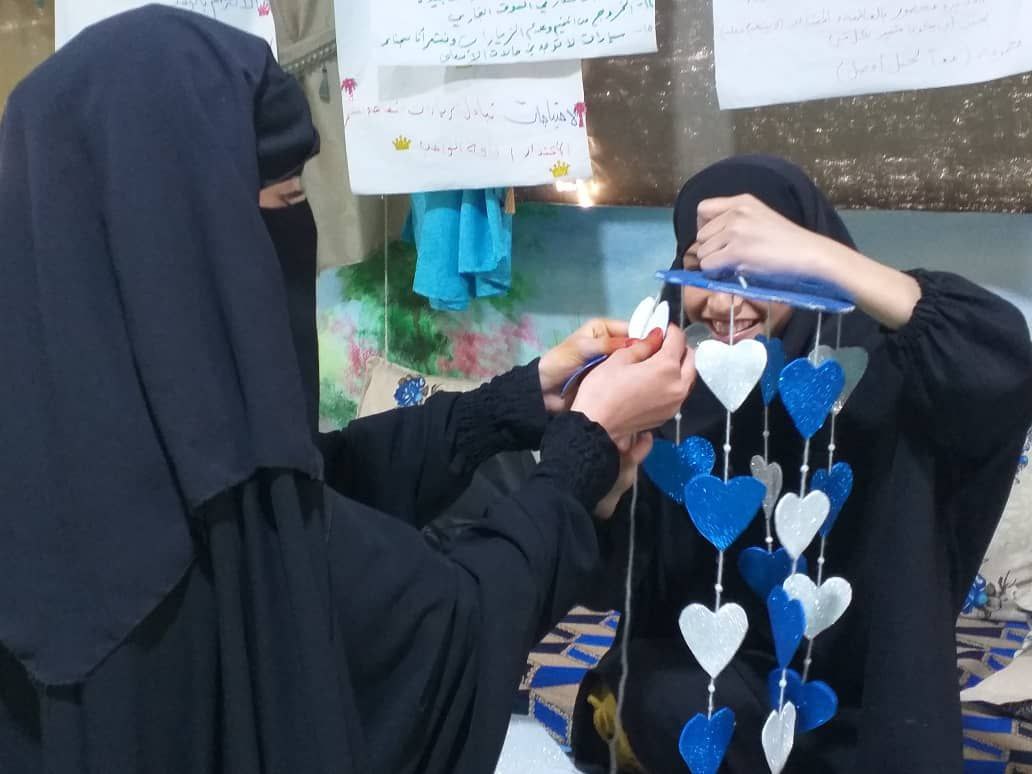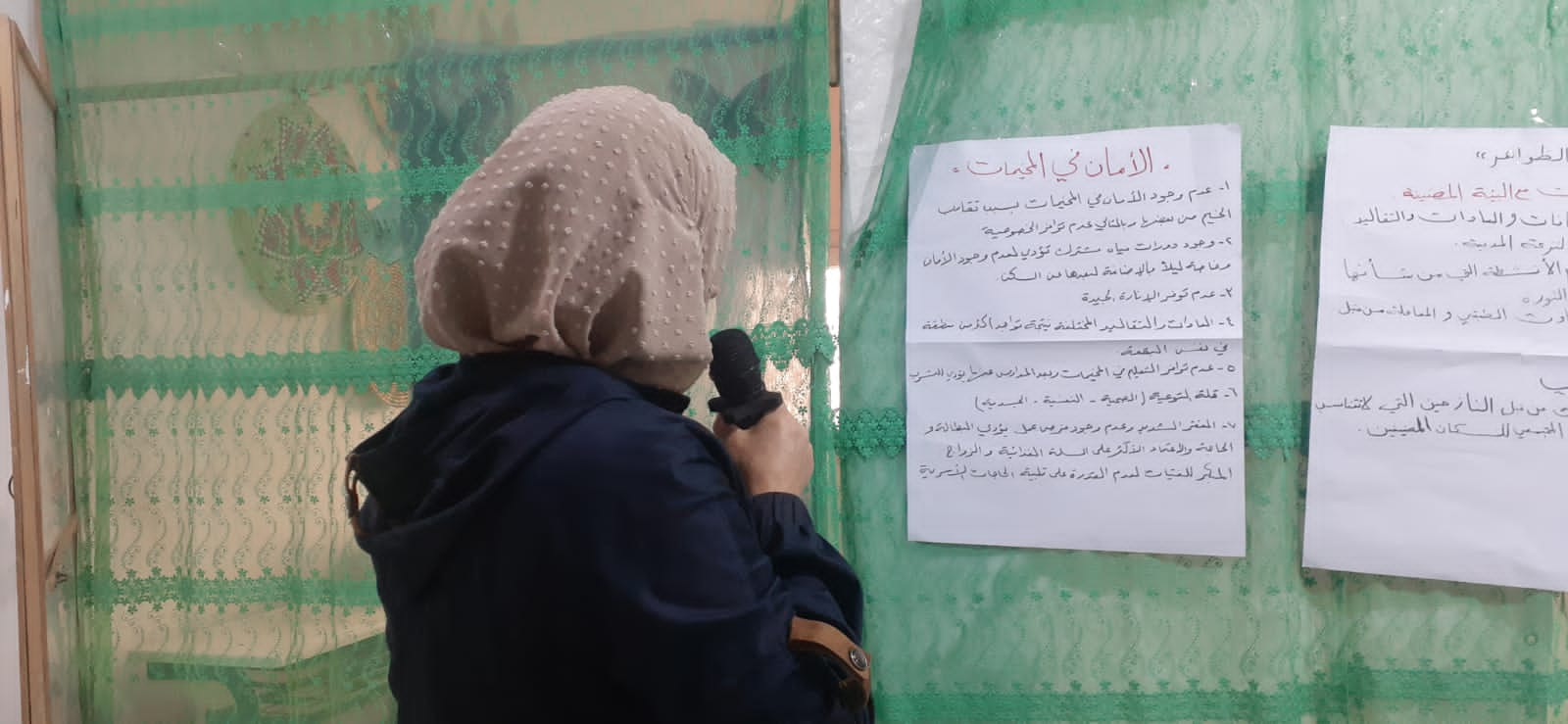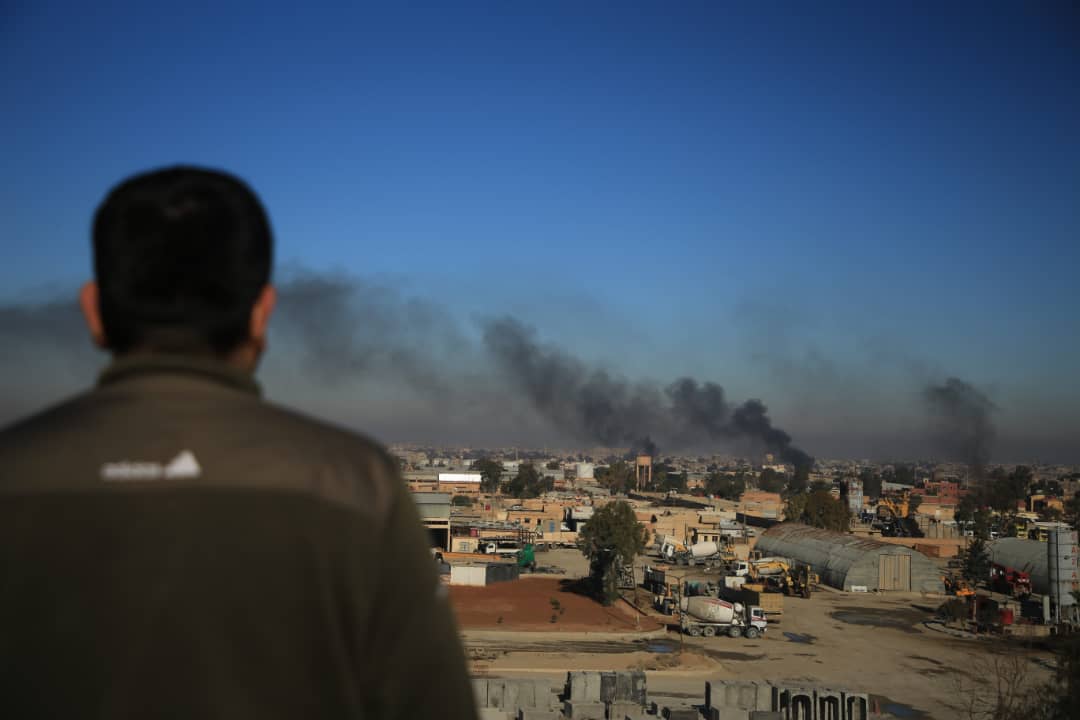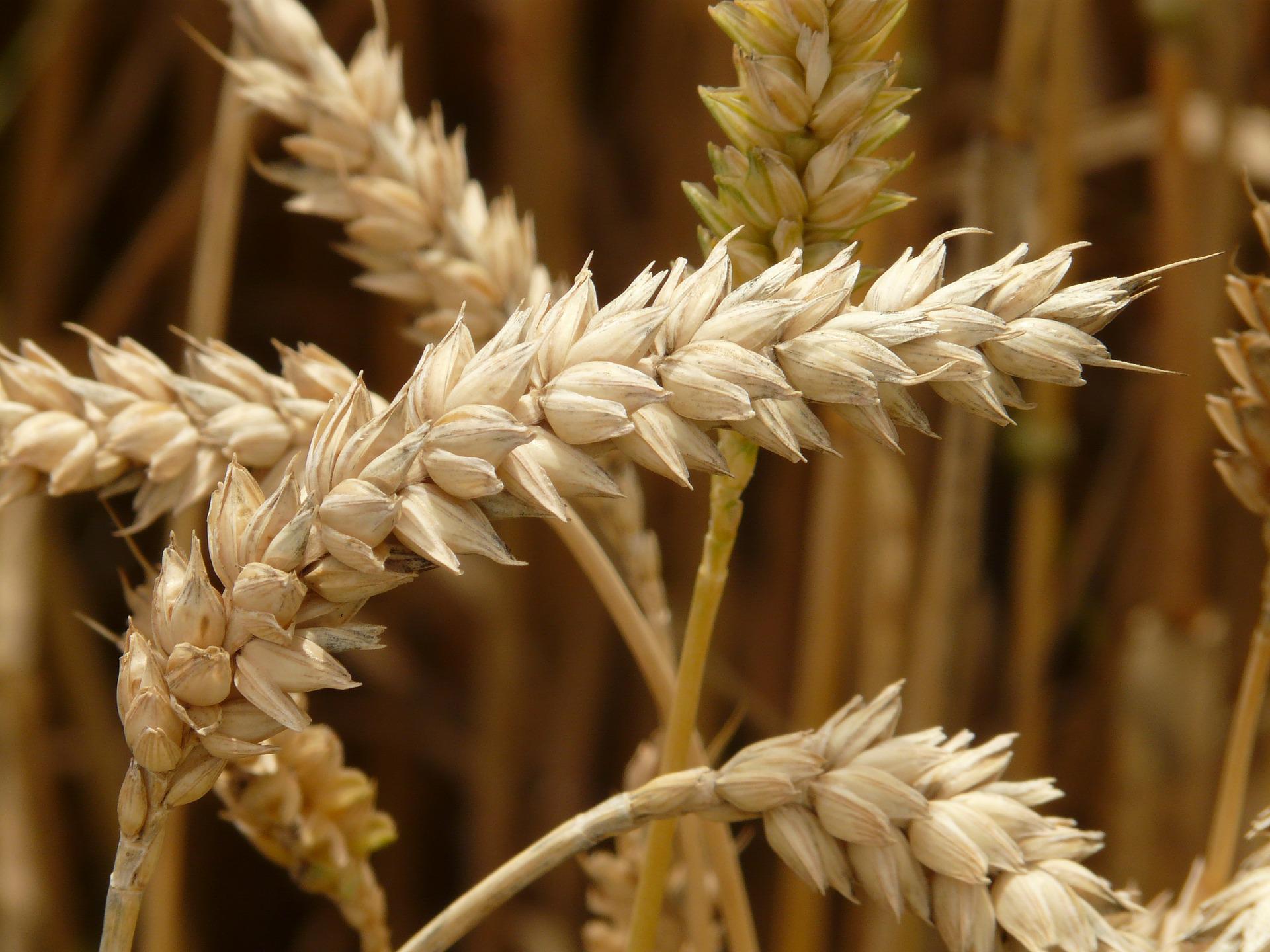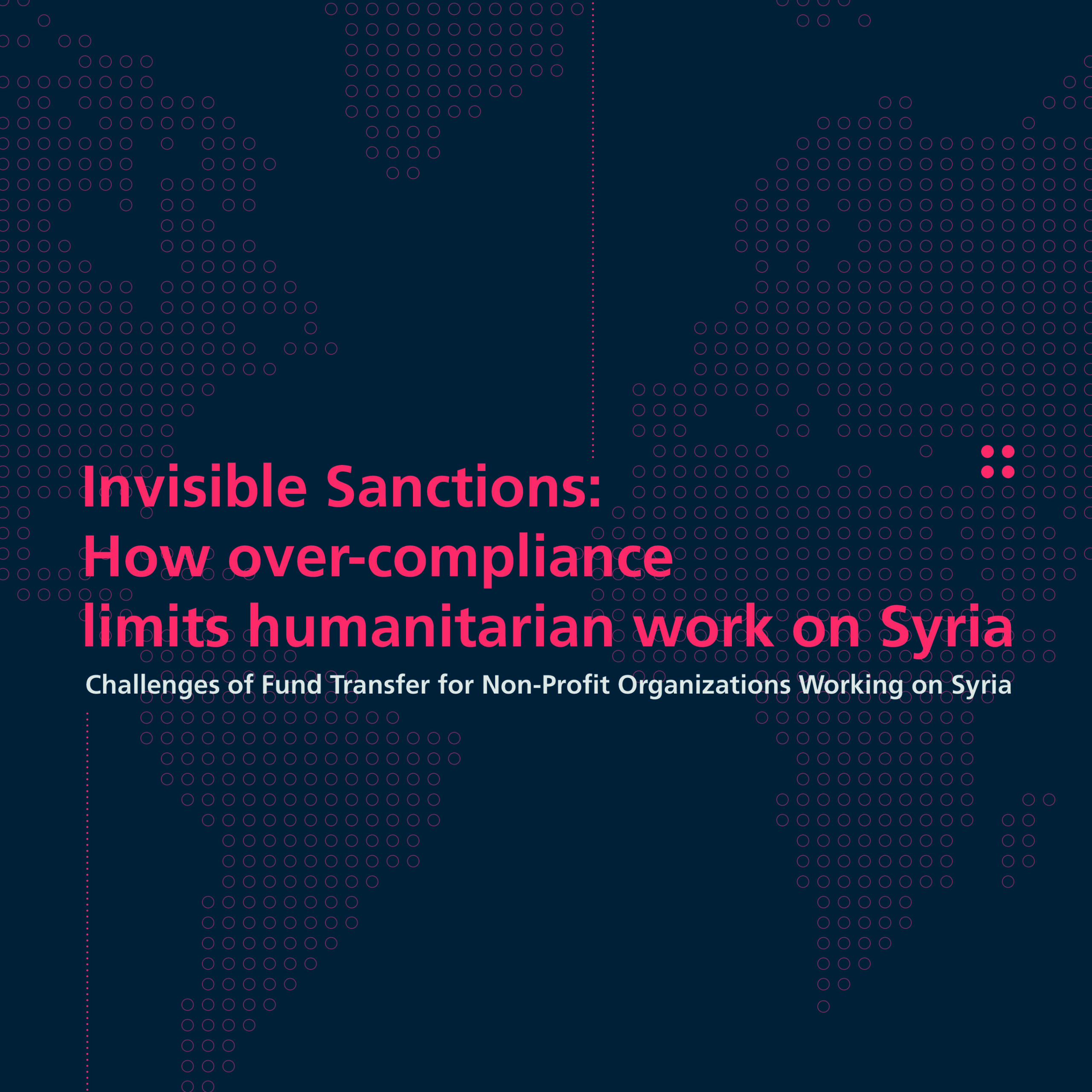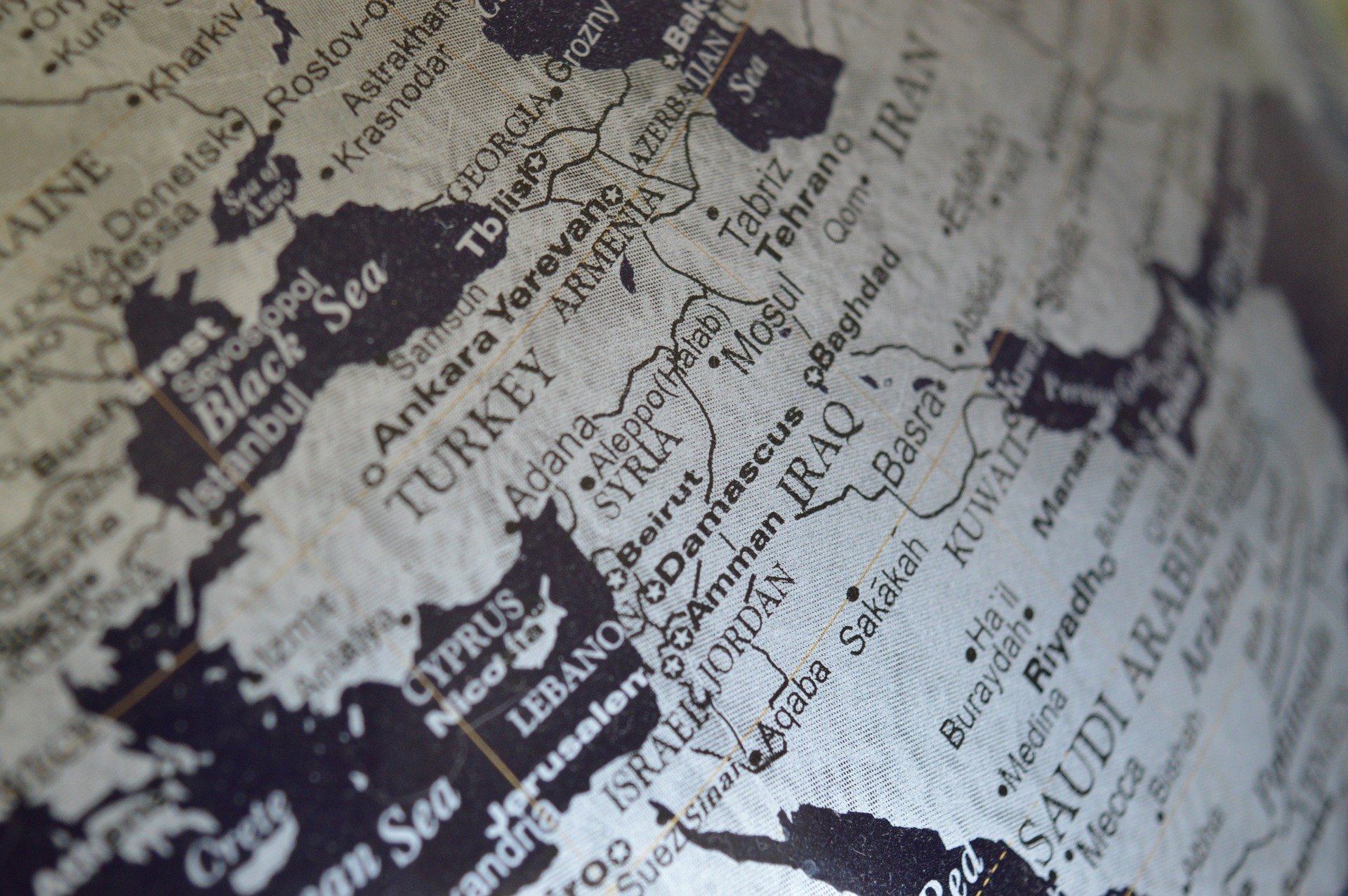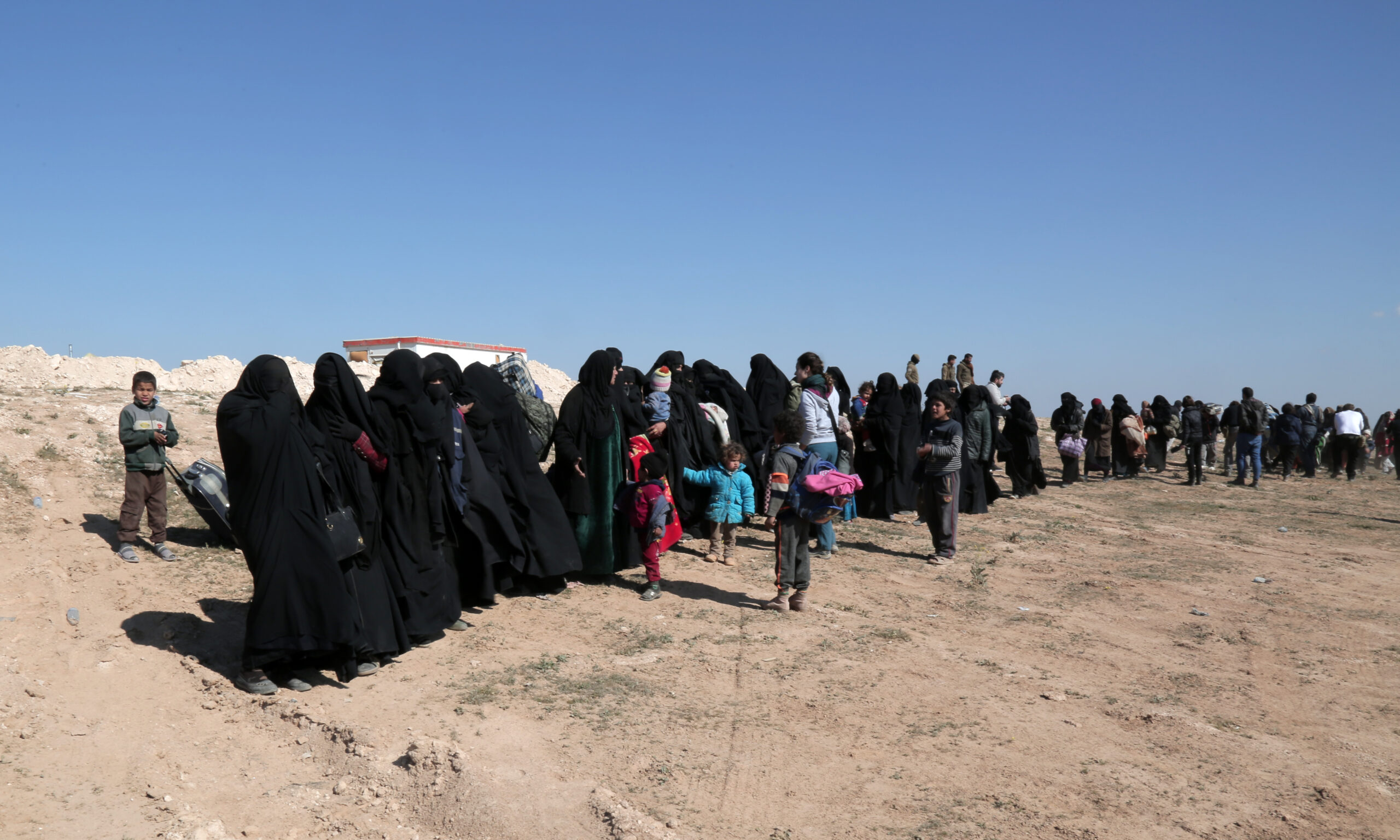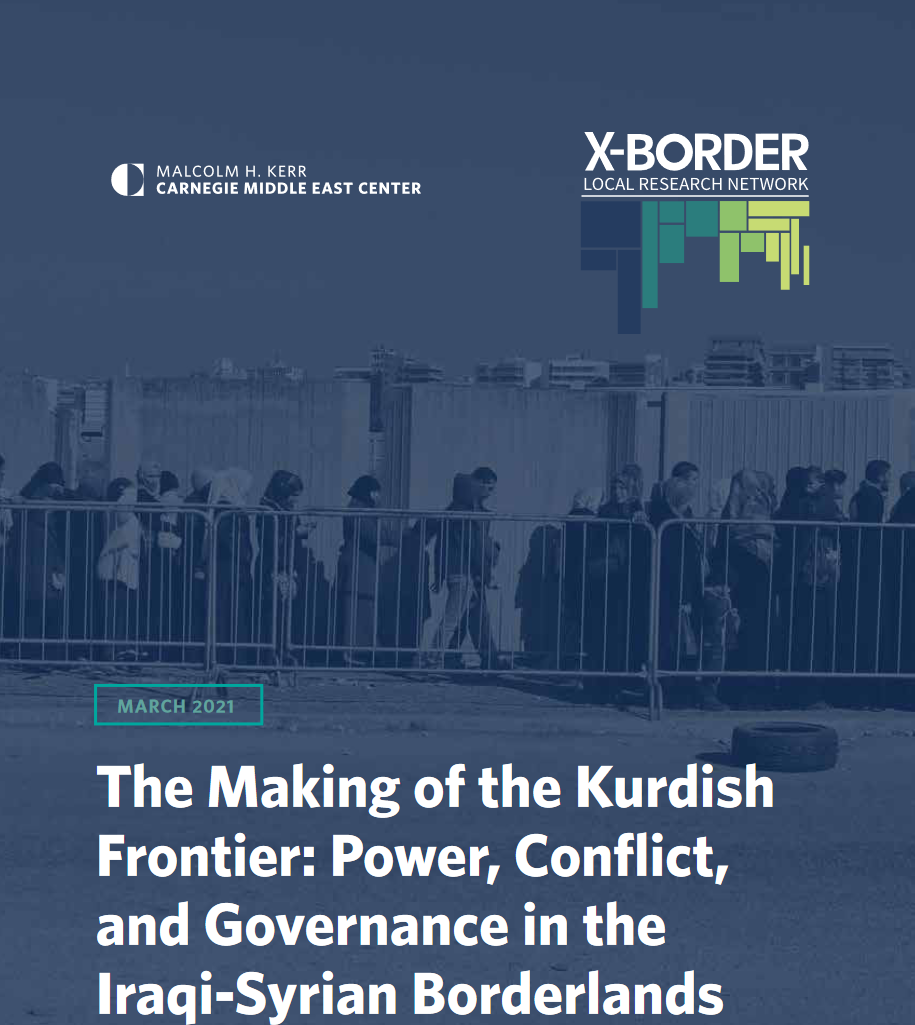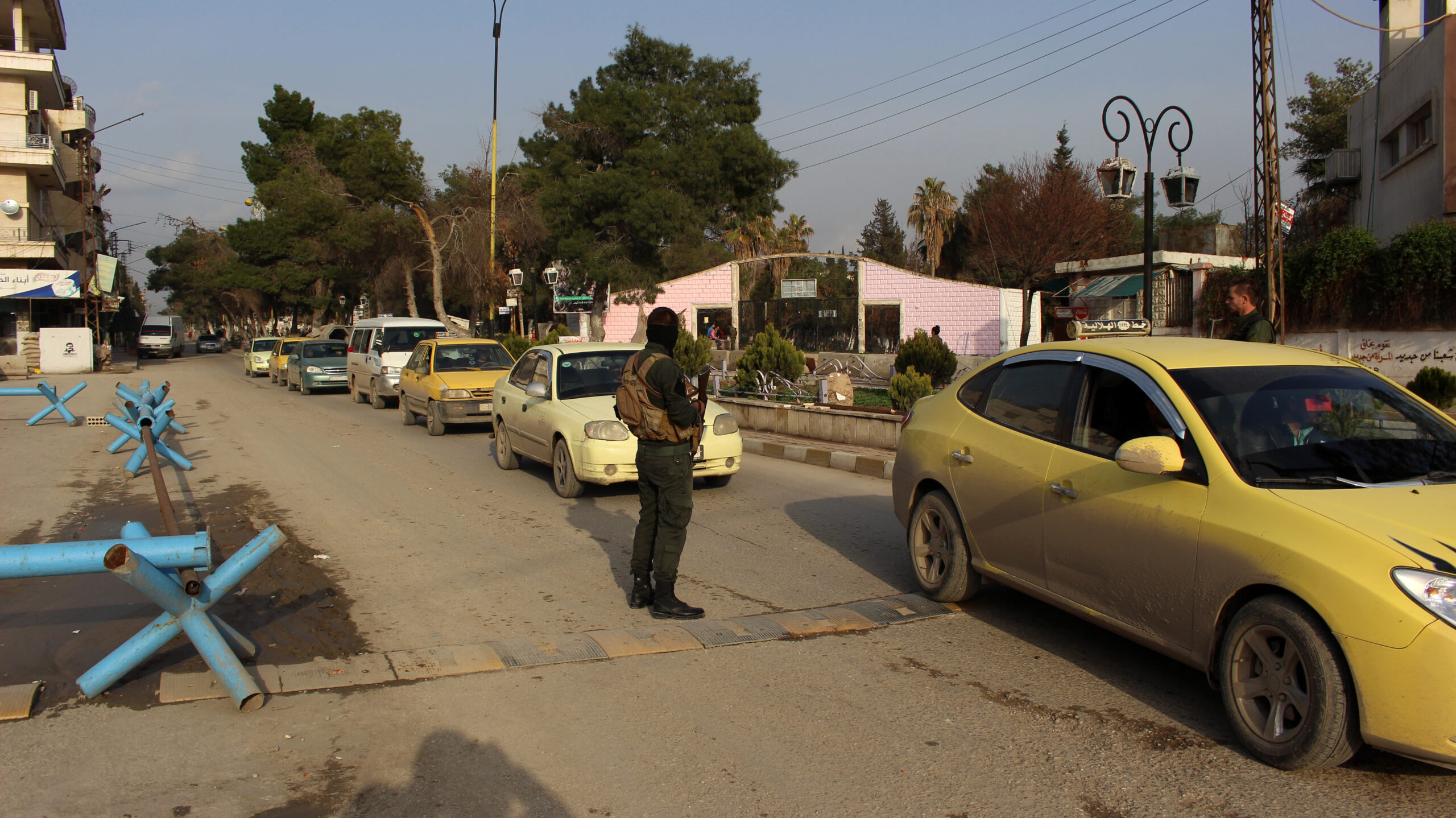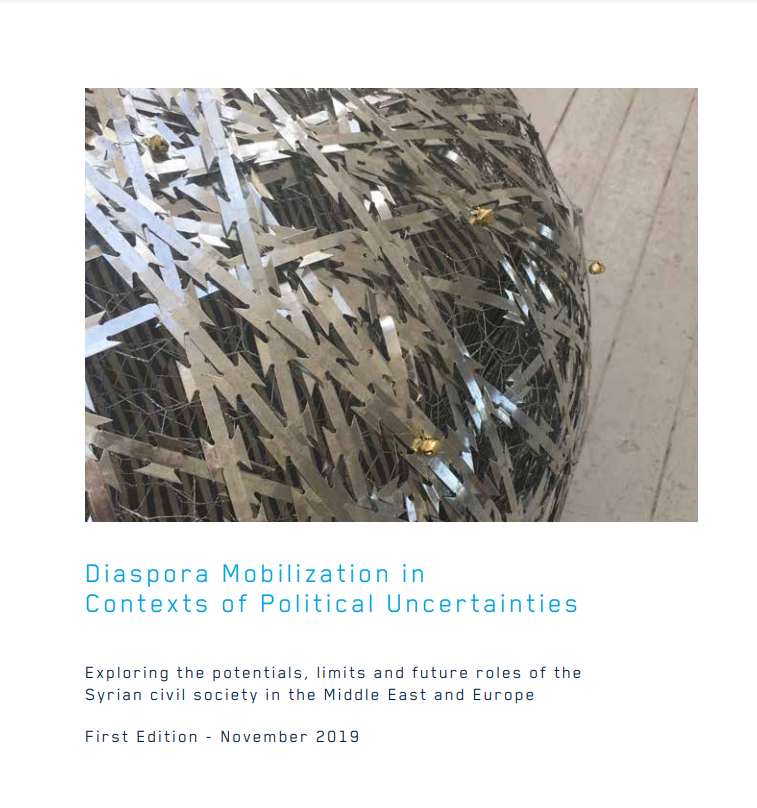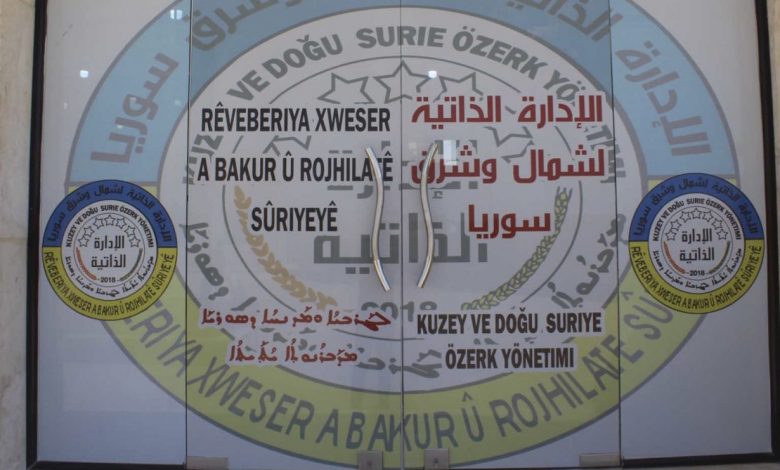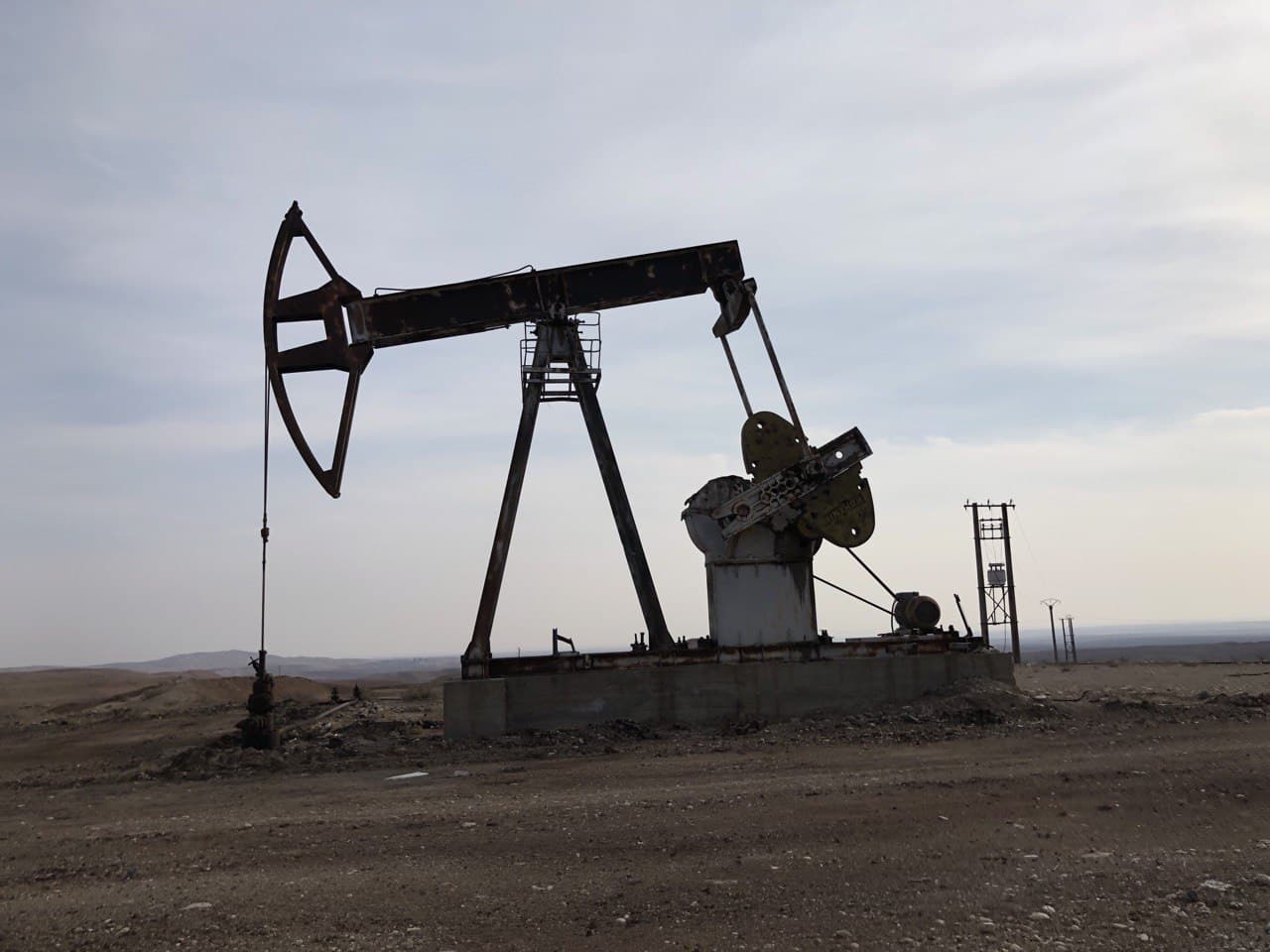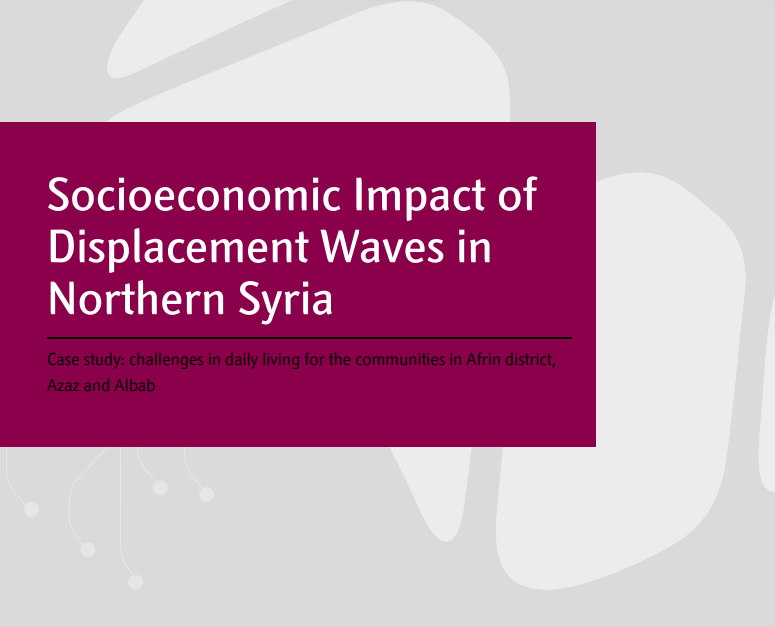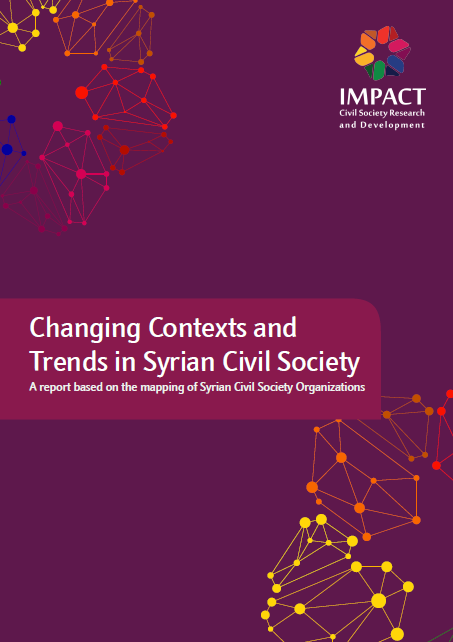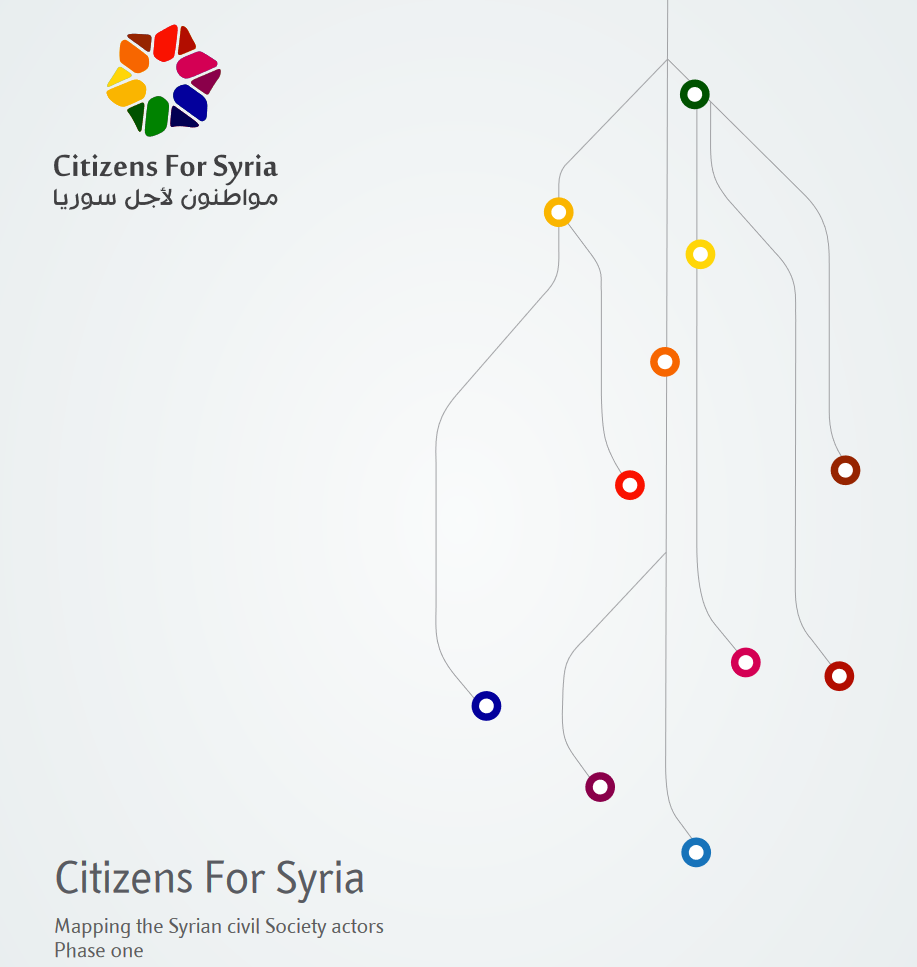- All
- Europe
- Middle East
- Syria
All
- All
- Europe
- Middle East
- Syria
Reintegration Challenges for Returnees from Al-Hol Camp
11/03/2024
IMPACT Publications
Dr. Caitlin Procter and Sinéad Barry investigated the challenges facing women and children returning from Al Hol to Deir Ezzor
Structured Chaos: how nonprofits in conflict settings became an economic sector
28/09/2023
IMPACT Publications
This research collection focuses on investigating the aid and development industry from an economic perspective, evaluating the socioeconomic role of the non-profit sector, and analyzing ...
Common Priorities: Advancing Women Rights across Syria
14/08/2023
IMPACT Publications
This collection of research and policy papers aims to present and open discussions on several topics, that are directly related to the work of Women-focused ...
Syria in ISIS’s Strategy: Can ISIS be defeated without a Solution in Syria?
11/10/2022
IMPACT Publications
In this paper, Abdulla Ibrahim examines the symbolic and strategic importance of Syria to ISIS against a backdrop of a complex challenging context, mainly in ...
Wheat production value chain in Northeast Syria
24/03/2022
IMPACT Publications
Wheat production is crucial to maintain food security, generate rural income, and support the agricultural sector of Northeast Syria (NES). Despite this, the value chain ...
Aftershocks: The legacy of ISIS in Syria
10/02/2022
IMPACT Publications
Violent extremism has not yet been eradicated in Northeast Syria. To prevent the ideology from regaining power, its root causes in the region must be ...
Hubs and Bubbles: Syrian civil society after a decade of conflict
11/01/2022
IMPACT Publications
The 2021 round of mapping has seen significant changes in the Syrian civil society landscape. A significant reduction in violence since the previous phase has ...
Forced displacement in Syria: Challenges and avenues for civil society engagement
01/01/2022
IMPACT Publications
An analysis of the drivers and challenges of displacement movements in and from Syria, and the role of local civil society actors to mitigate them.
Invisible Sanctions: How over-compliance limits humanitarian work on Syria
01/09/2021
IMPACT Publications
Humanitarian work in Syria is limited by complex, bureaucratic financial systems that prevent the necessary funds from entering the country. Any mention of Syria is ...
Feminist and Women’s Organizations in Syria: Challenges and Opportunities
01/08/2021
Collaborations
An overview of common challenges and opportunities for collaboration and effective partnership among feminist and women’s organizations (FWOs) in Syria.
Institutional development in Northeast Syria: Lessons from Iraqi Kurdistan and Kosovo
08/07/2021
Collaborations
After more than a decade of conflict, institutions in the autonomously governed region of Northeast Syria (NES) are beginning to develop. Some years previously, Iraqi ...
Education process in ethnically diverse regions in NES
02/05/2021
IMPACT Publications
Education in Northeast Syria (NES) is one of the most controversial political topics on the agenda. The Autonomous Administration (AA) asserts the right for students ...
Al-Hol Camp: Release, Return, and Reintegration of Syrian residents
01/04/2021
IMPACT Publications
As of March 2021, at least 61,000 remain in the Al-Hol camp in Northeast Syria (NES). Residents are gradually being released, however, re-integration into society ...
The Making of the Kurdish Frontier: Power, Conflict, and Governance in the Iraqi-Syrian Borderlands
01/03/2021
Collaborations
The Iraqi-Syrian borderlands remain a geopolitical hotbed even since ISIS's collapse. In the past few years, Kurdish forces along these lines have become a powerful ...
The Educational Process in North and East Syria
01/03/2021
IMPACT Publications
The education system in Northeast Syria (NES) is rarely off the table in political talks. This paper provides an overview of NES's educational process, political ...
Introduction to Governance Development in North and East Syria (NES)
01/02/2020
Collaborations
An investigation into the governance structures of the Autonomous Administration (AA). The paper focuses on the de facto government's main policy areas: security, education, and ...
Diaspora Mobilization in Contexts of Political Uncertainties
01/11/2019
Collaborations
Exploring the potentials, limits, and future roles of Syrian civil society in the Middle East and Europe. An explanation of Syrian diaspora CSOs challenges and ...
The Autonomous Administration of North and East Syria: Framework and Resources
01/10/2019
IMPACT Publications
Background to the structure of the Autonomous Administration of North and East Syria (AANES/AA) and an overview of its resources.
Rojava’s Economic Viability
01/08/2019
Collaborations
To ensure lasting legitimacy, Rojava must deliver on the economic front, argues Bilal Wahab. This paper assesses the economic situation in Northeast Syria, providing recommendations ...
Socioeconomic impact of displacement waves in northern Syria
01/05/2019
IMPACT Publications
Case study: Daily living challenges in Afrin, Azaz, and Albab. An analysis of the effects of displacement on HLP issues, social cohesion, and livelihoods. Recommendations ...
Changing contexts and Trends in Syrian Civil Society – Mapping Phase III
10/03/2019
IMPACT Publications
This report is a qualitative analysis that presents trends and central aspects of CSOs. This report also provides a comparison of properties of those organizations ...
Mapping Civil Society in Syria – Phase I
01/05/2015
IMPACT Publications
In this report, Citizens for Syria conducted a grassroots survey of all Syrian regions and neighboring countries to paint a picture of the Syrian civil ...

